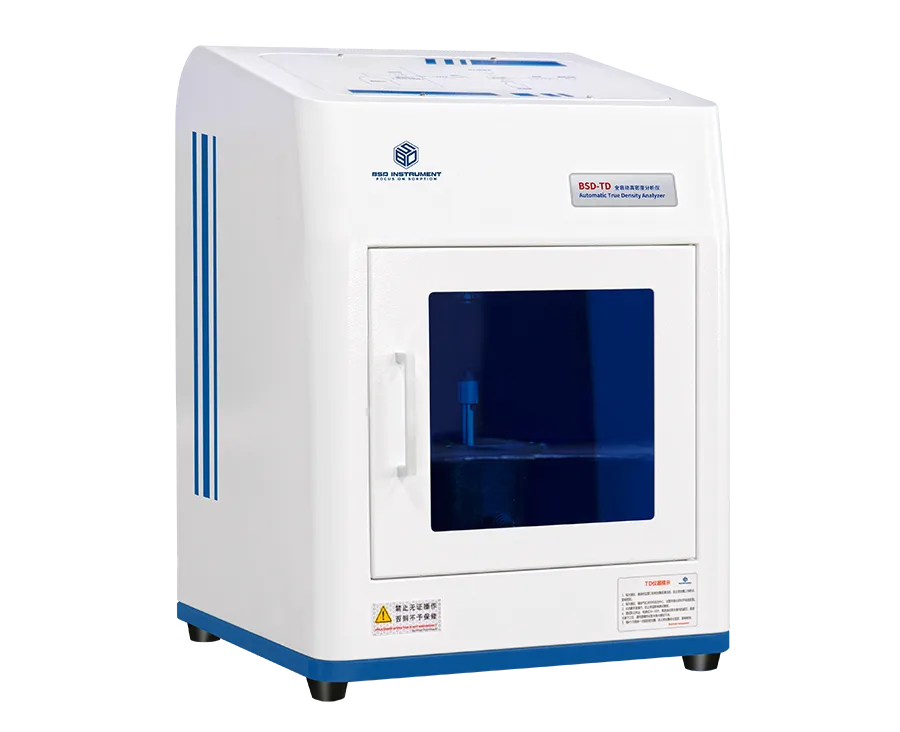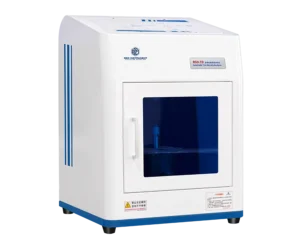Home / Blog / Recent Advances in Adsorption Isotherm Theory and Its Practical Applications in Nanomaterials
Recent Advances in Adsorption Isotherm Theory and Its Practical Applications in Nanomaterials
17 10 月, 2025From: BSD Instrument

Abstract

1. Introduction
2. Recent Advances in Adsorption Isotherm Theory
2.1. Refinement of Classical Models
Modified Langmuir Model: Incorporates factors like lateral interactions between adsorbed molecules, surface heterogeneity, and adsorbate size effects. Freundlich Model Enhancements: Adjustments allow for better description of heterogeneous and multi-layer adsorption on nano-surfaces with non-uniform energy distribution. Sips and Toth Models: Introduced to address heterogeneous surface adsorption with a more flexible mathematical form, combining features of both Langmuir and Freundlich models.
2.2. Emergence of Advanced and Hybrid Models
Redlich–Peterson Model: A hybrid of Langmuir and Freundlich, offering a more generalized form with an empirical parameter that improves fitting versatility. Dubinin–Radushkevich (DR) and Dubinin–Astakhov Models: Useful for describing microporous adsorption, especially in nanoporous materials like activated carbons and MOFs. Temkin Isotherm: Accounts for adsorbate-adsorbent interactions and heat of adsorption variation across the surface, valuable for nano-adsorbents with temperature-sensitive binding. Quantum and Statistical Mechanical Models: Emerging computational models based on density functional theory (DFT) and molecular simulations provide molecular-level insights into adsorption mechanisms on nanostructured surfaces.
2.3. Multicomponent and Competitive Adsorption Models
Extended Langmuir and Ideal Adsorbed Solution Theory (IAST) Competitive Freundlich Models Statistical Thermodynamic Approaches
3. Practical Applications in Nanomaterials
3.1. Metal–Organic Frameworks (MOFs)
Quantifying high-capacity adsorption of CO₂, CH₄, H₂, and volatile organic compounds (VOCs) Understanding the effect of pore geometry and functional groups on adsorption affinity Designing MOFs for selective gas separation and storage
3.2. Carbon-Based Nanomaterials (e.g., Graphene Oxide, Carbon Nanotubes)
Heavy metal ion adsorption (e.g., Pb²⁺, Cd²⁺, As(V)) Organic pollutant removal (dyes, pharmaceuticals, pesticides) Insights into π–π stacking, hydrophobic interactions, and electrostatic adsorption mechanisms
3.3. Nanostructured Metal Oxides (e.g., TiO₂, Fe₃O₄, ZnO, MnO₂)
Adsorption of arsenic, fluoride, phosphates, and other inorganic contaminants Surface charge-dependent adsorption influenced by pH and oxidation state Synergistic effects in composite nanomaterials (e.g., GO-MOF or CNT-metal oxide hybrids)
3.4. Polymer-Based and Composite Nanomaterials
Optimizing adsorption capacity and selectivity Understanding polymer–nanoparticle interactions and diffusion-controlled processes Designing smart adsorbents responsive to external stimuli (pH, temperature, light)
4. Future Perspectives
Machine Learning Integration: Using AI to predict adsorption behavior and optimize isotherm model parameters. High-Throughput Experimental Data Analysis: Coupling automated adsorption experiments with advanced modeling for rapid material screening. Molecular Modeling and Simulation: Combining DFT, Monte Carlo, and molecular dynamics (MD) simulations with empirical isotherm models for comprehensive understanding. Sustainable and Green Adsorbents: Designing low-cost, biodegradable nanomaterials with predictable adsorption performance using refined isotherm frameworks.
5. Conclusion
Our Latest Blog & Articles
Stay updated with our latest news. Discover new product launches, innovative technologies, and upcoming events. Join our community and stay informed about all things lab equipment.
-
27 10 月, 2025
Cheap and Efficient Adsorption-Desorption Systems for Water Pollution Control in China
-
25 10 月, 2025
Gas Adsorption Analyzer Technologies: Advancements and Future Trends
-
23 10 月, 2025
Micropore and Mesopore Analysis for Improving Gas Storage and Separation Efficiency
-
20 10 月, 2025
Membrane Porosity and Its Impact on Mass Transport and Permeation Efficiency




